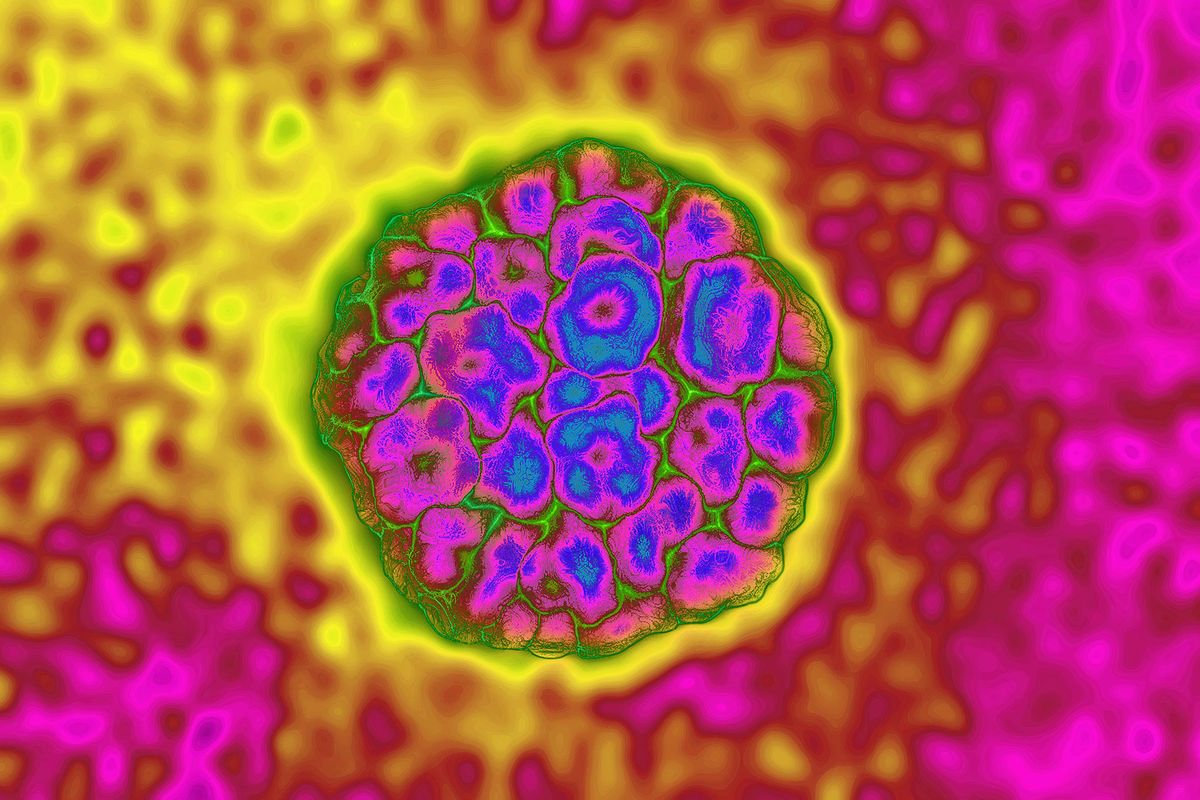Every year more than two million women die due to the human papillomavirus (HPV) around the globe. This virus is the primary driver of several tumors including cervical cancer that becomes the cause of many deaths each year. Even though antibodies offer a demonstrated first line of protection against HPV contamination, analysts keep on searching for extra choices to prepare for the infection.
The researchers from ,Yale Cancer Center (YCC) finds a new methodology that can stop the human papillomavirus (HPV). This new method can treat not only human papillomavirus (HPV) but also other viral and non-viral diseases that are considered as undruggable.
Click here to read the complete study findings.
The senior author, the deputy director of YCC and professor of Genetics, molecular biophysics, biochemistry, and therapeutic radiology, Daniel DiMaio tells that the human papillomavirus (HPV) from infected cells can be blocked by the fragments of a protein (Very short peptides).
This study affirms our model for human papillomavirus (HPV) taints cells. It also shows that the intracellular dealing with an infection could be the objective of another anti-viral approach.
Read more-Erase My Back Pain Review: Emily Lark’s Program Releases New Details
HPV is conveyed into the cell by a layer bound sac called an endosome. Human papillomavirus (HPV) protein is also called L2 contains a section known as a “cell-penetrating peptide”. This cell-penetrating pipe sticks through the layer of the endosome into the inside of the cell.
There, a succession of L2 besides the cell infiltrating peptide ties to a cell protein called retromer. Retromer then conveys the infection into a cell transport system known as the retrograde pathway that drops off the infection in the nucleus, where it can start making duplicates of itself.
Another past research by DiMaio’s lab explained that the core machinery of the cell-penetrating peptide is shockingly short. Peptides are made out of amino acids, and an arrangement of just six amino acids was required for the peptide to infiltrate the membranes of the cell, while a grouping of just three amino acids was required to tie to the retromer protein.
DiMaio explains that the researchers understood that they could integrate a short peptide that ought to be sufficient to get through the cell membrane, block infection and bind the retromer. That’s why the researchers decided to test that and the principal peptide the attempted worked.
Read more-Mental Stress May Cause Myocardial Ischemia In Heart Attack Survivors
Peptides moved into the cytoplasm and bound to the retromer when the synthesized cell-penetrating peptides were added into a culture medium of human cells. Then these cells were infected with human papillomavirus (HPV) and the virus left the endosome. The retromer bound to the peptide and blocked the infection.
DiMaio further tells that the researchers do not know to what extent the peptide is dynamic, yet the impact might be irreversible. It appears as though the infection vanishes from the cell. The cell has some approach to detect that the infection isn’t continuing typically, so it disposes of the infection.
Some other experiments by the researchers at the University of Wisconsin, also proved that HPV infection in mice is stopped due to this cell-penetrating peptide. This study helps to find more anti-HPV treatments that are required.
Although vaccines will consistently be the best establishment to forestall HPV infections. By far most of the individuals overall are not immunized, particularly in developing countries where most of the cervical cancer cases occur. he available vaccines can’t prevent all the strains of HPV.


